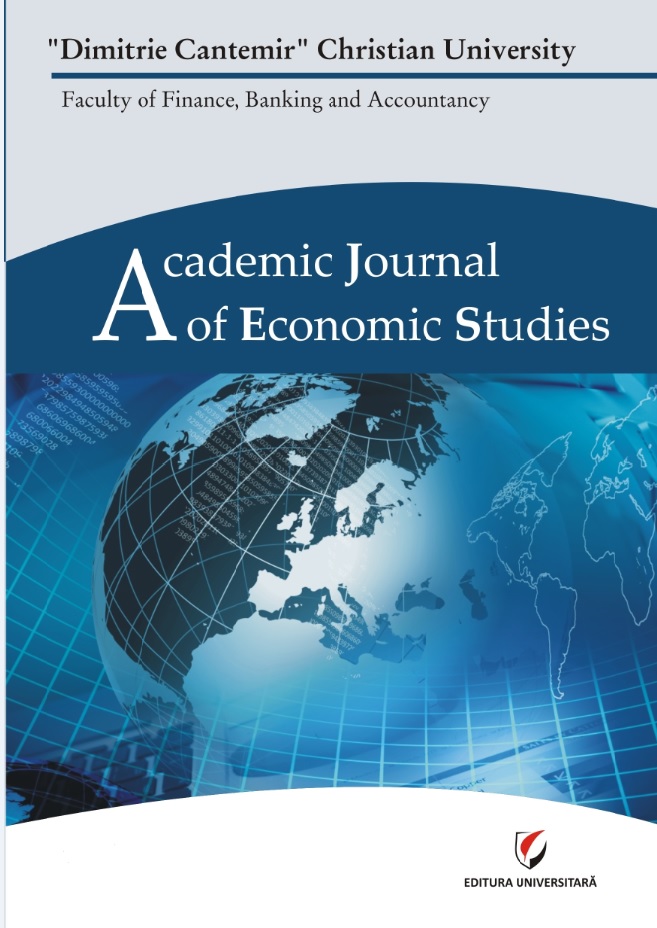Monetary Policy and Life Expectancy in Sub-Saharan Africa
Monetary Policy and Life Expectancy in Sub-Saharan Africa
Author(s): Sede Igbaudumhe Peter, Aderopo Raphael AdediyanSubject(s): National Economy, Public Finances, Socio-Economic Research
Published by: Editura Universitară & ADI Publication
Keywords: Environmental quality; life expectancy; living standard; monetary policy;
Summary/Abstract: Monetary policy could be seen as a policy motivation for the attainment of economic development, through its production facilitating mechanism. One of the crucial indices of economic development is life expectancy which is a direct outcome of the standard of living. The relatively low life expectancy in sub-Saharan Africa continued to receive attention in economic literature owing to its devastating effect on the affected economies. In this paper, the effect of monetary policy on life expectancy, in the region, is examined. The study covers 37 countries in sub-Saharan Africa between 2004 and 2017. The paper uses panel co-integration and System GMM model in its estimation. The result establishes that, although an expansionary monetary policy is relevant in controlling life expectancy, its level of impact is not strong; monetary policy is less effective. Fiscal policy, environmental quality (CO2) and standard of living, on the other hand, are found to be more effective in the determination of the life expectancy with environmental quality appearing as a dominant factor. The study, therefore, recommends, among others, that monetary policy should be made relevant to economic transactions on goods and services that bother on health outcomes.
Journal: Academic Journal of Economic Studies
- Issue Year: 6/2020
- Issue No: 1
- Page Range: 61-69
- Page Count: 9
- Language: English

